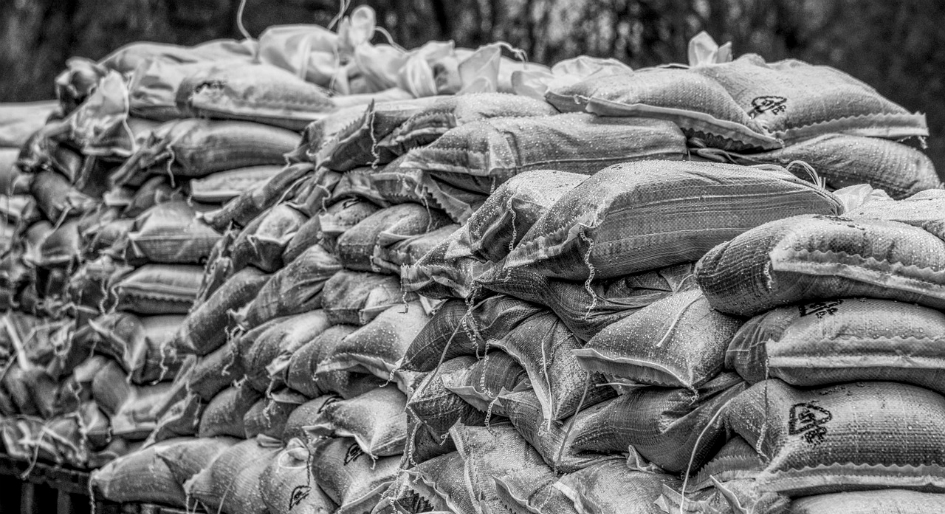It’s no secret that the risk of floods is rising. News of extreme storms and record-breaking rainfalls is now common across North America; while headlines of unprecedented flooding in BC, Alberta, Ontario, and Quebec have made it clear the issue is creeping close to home.
Whether a result of global warming, urban expansion, or inadequate city planning, one thing is clear: the potential for water-related disasters is real. And yet, many Canadian businesses have yet to take that risk to heart.
“Even though we’re seeing a noticeable increase in floods across Canada, a lot of companies are still in reactive mode,” says Billy Short II, Executive Vice President of Large Loss Operations, North America with FirstOnSite Restoration. “They’re still of the mindset that if something happens all they’ll need to do is call someone up and get everything fixed, when the reality is that they need to have a comprehensive contingency plan in place now if they hope to recover.”
And Short would know. He has been on the frontlines of virtually every major natural disaster in Canada over the last decade, as well as countless floods, wildfires, and category 5 hurricanes south of the border. Needless to say, when it comes to cautionary tales, he has a few.
“Years ago, I remember there was a massive production facility in Alabama that had a large kiln knocked out by a catastrophic flood,” he recalls. “Like any other manufacturer, they had contracts to fulfill and only a short amount of time their customers were going to wait for them to get back up and running. Unfortunately, they didn’t have a backup production facility or any meaningful backup plans, so they missed that window and effectively went out of business.”

Organizations that have bounced back from a water-related event, he continues, are those that had a solid contingency plan to guide them to recovery that answered a number of key questions:
- Who will you call? An effective contingency plan will detail everyone that needs to be notified in the critical minutes and hours following a flood. That includes emergency contacts, restoration service providers, customers, and supply chain partners.
- Where will you work? Downtime can be disastrous for a business and its customers. Making arrangements for a temporary, offsite production facility or office prior to an event will ensure operations resume as quickly as possible.
- How will you stay plugged in? Electrical substations and other assets are especially vulnerable to water-related damage. Therefore, contingency plans need to include arrangements to obtain generators or alternate means of power.
- Is your data protected? Losing a server room due to a flood can mean saying goodbye to years of crucial operational data (e.g., databases, contacts, contracts, etc.). Consider partnering with a trusted cloud storage provider now and setting up controls to back up your data on a consistent basis.
- Will your restoration teams be informed? Flood / disaster recovery professionals will need to know all your property’s ingress and egress points and potential building hazards in order to bring in the required equipment (e.g., dryers, pumps, safety gear) quickly and get to work.
- What will your workforce do? Your employees may be loyal, but they still need to make a living. Keep them from finding new jobs during your downtime by planning their post-disaster roles in advance and making sure payroll and HR are operational. In fact, some of those employees may even be able to work temporarily with your restoration partner, contributing their knowledge of your facility and adding value throughout the restoration process.
These are simply some of the questions a contingency plan should answer with input from both company stakeholders and disaster restoration specialists who offer this planning service.
After all, adds Short: “If you think you’ll be able to simply ‘wing it’ after a disaster, think again. To have any chance of getting your business back online after a flood – or any type of disaster – you need to work with your partners now to create a strategy that will help your business survive if – and likely, when – the worst should happen.”
Billy Short II is Vice President of Large Loss Operations with FirstOnSite Restoration, a leading Canadian disaster restoration company providing remediation, restoration, and reconstruction services nationwide, as well as for the US large loss and commercial market. For more information about preparedness planning, visit www.firstonsite.ca/priority-response-emergency-plan.




